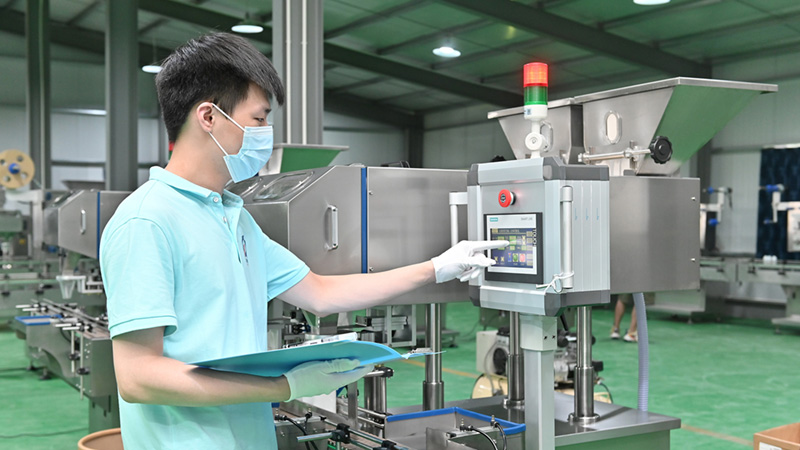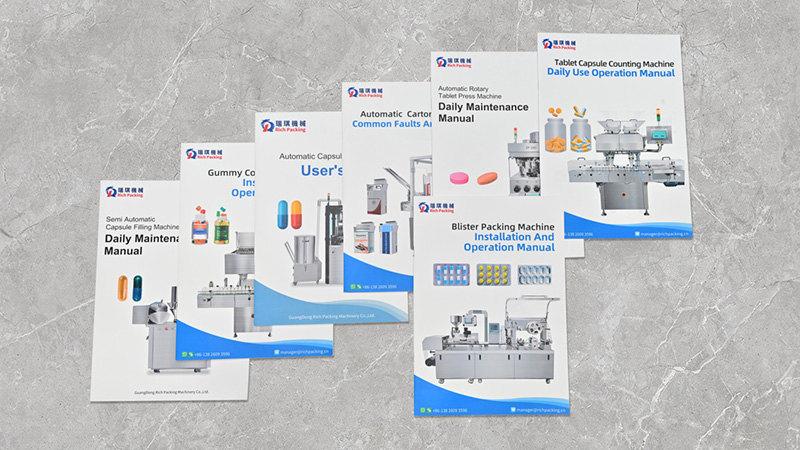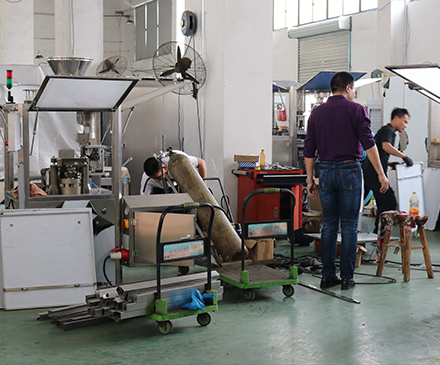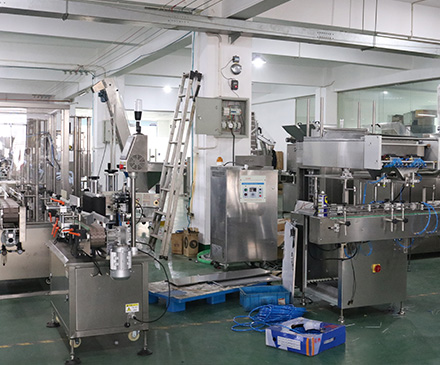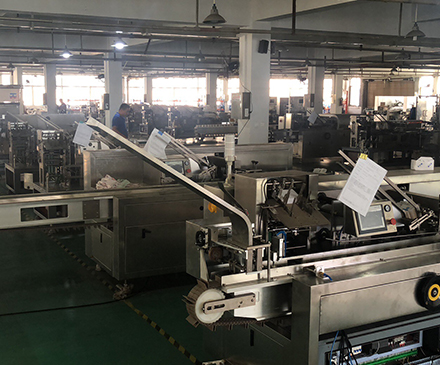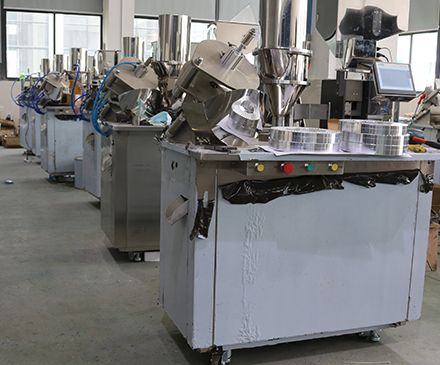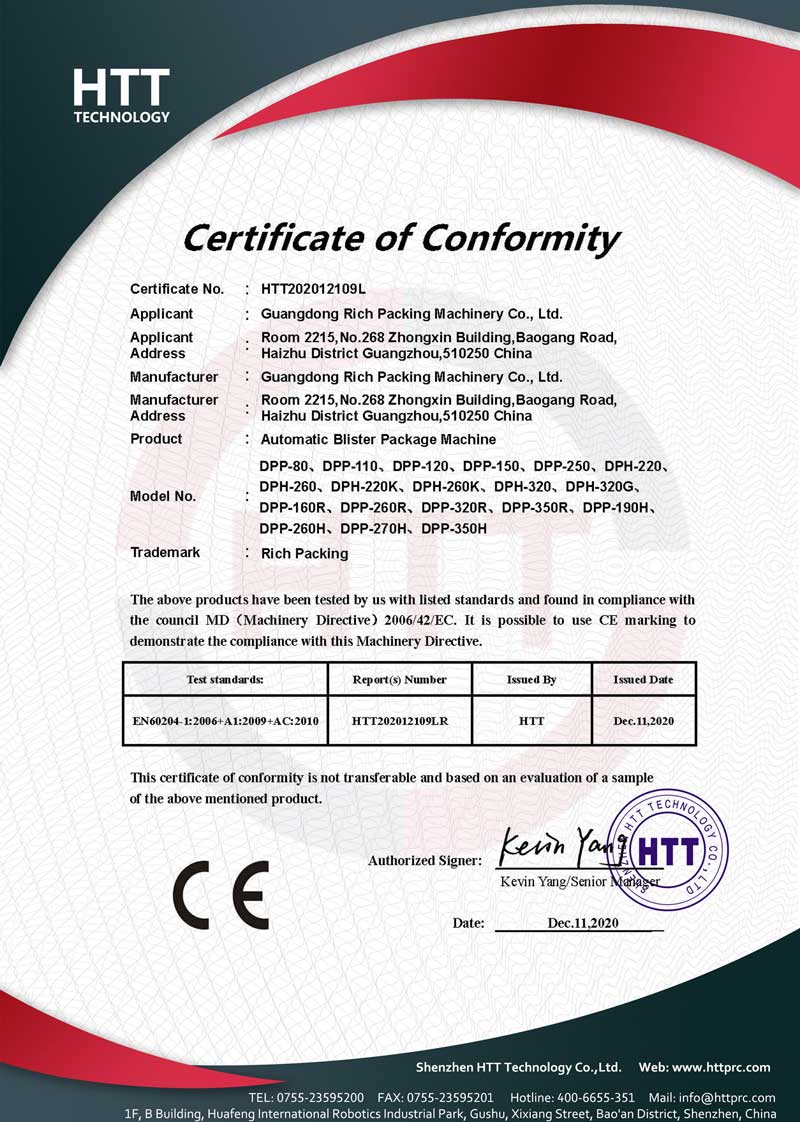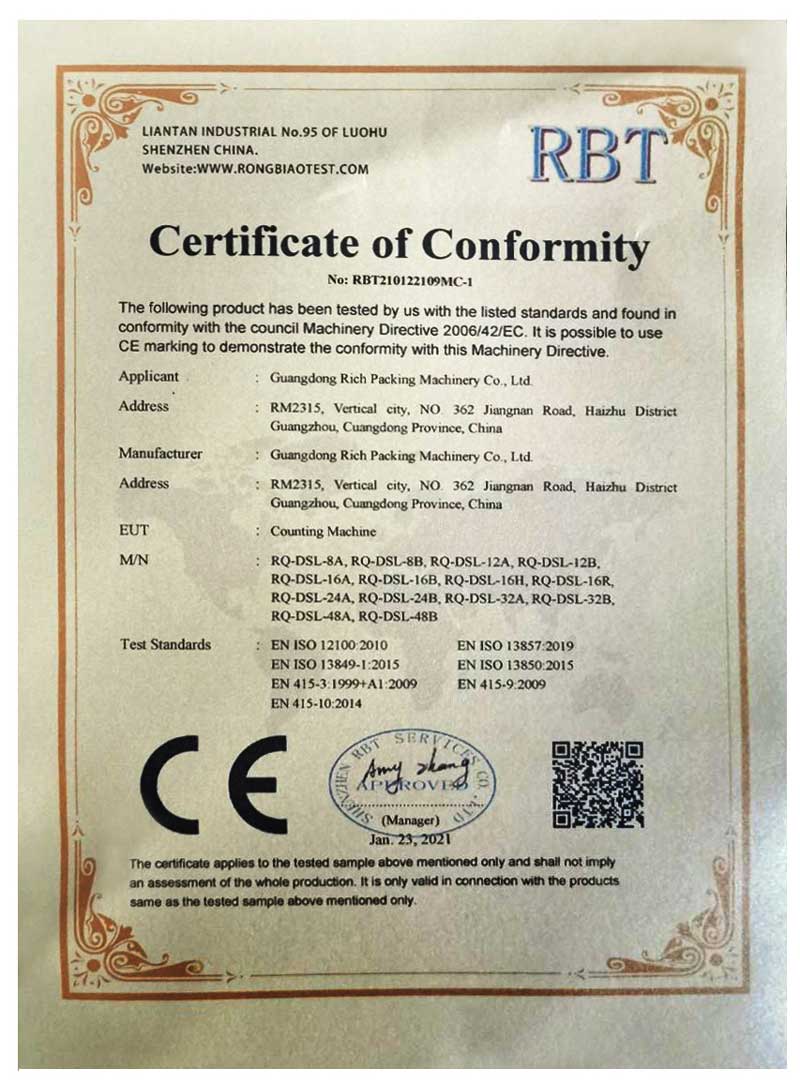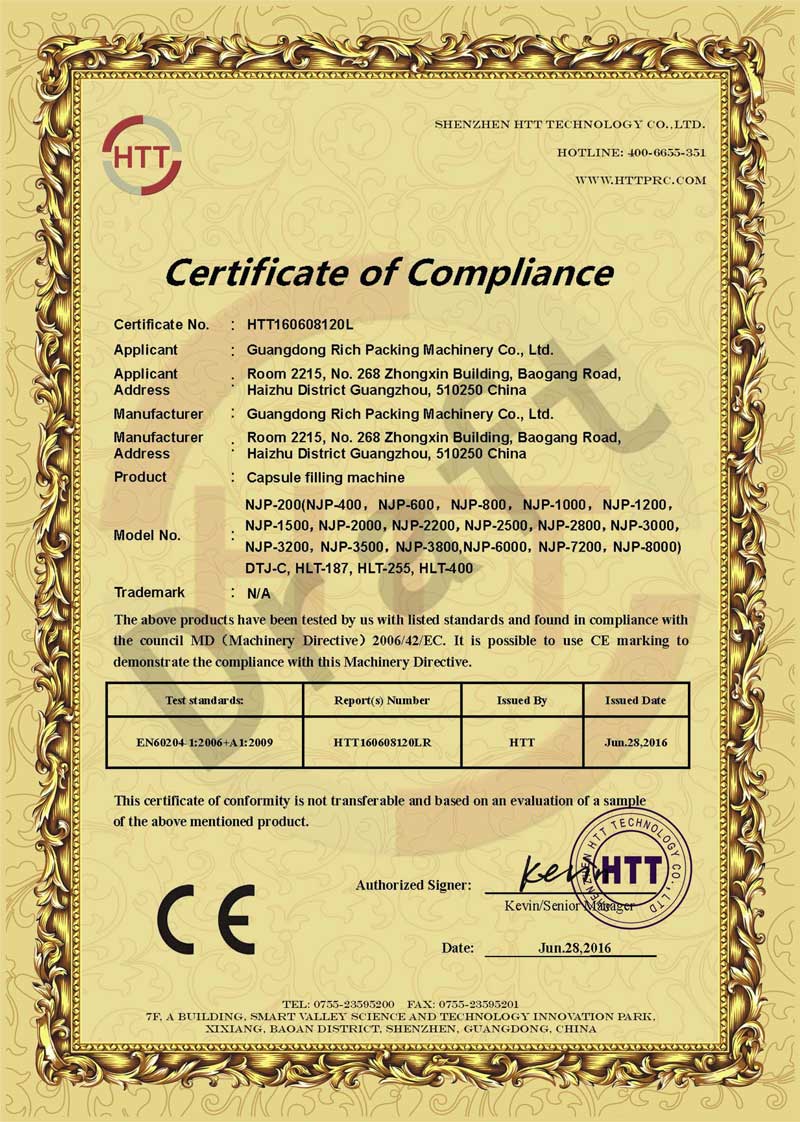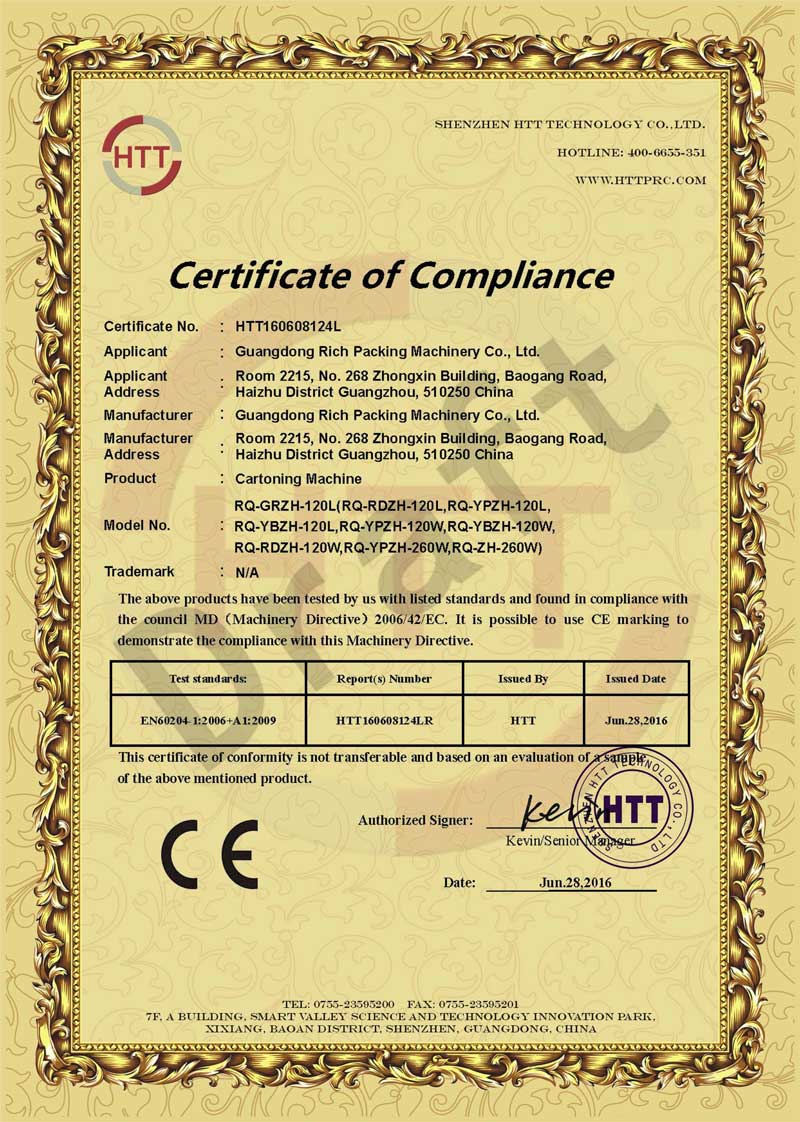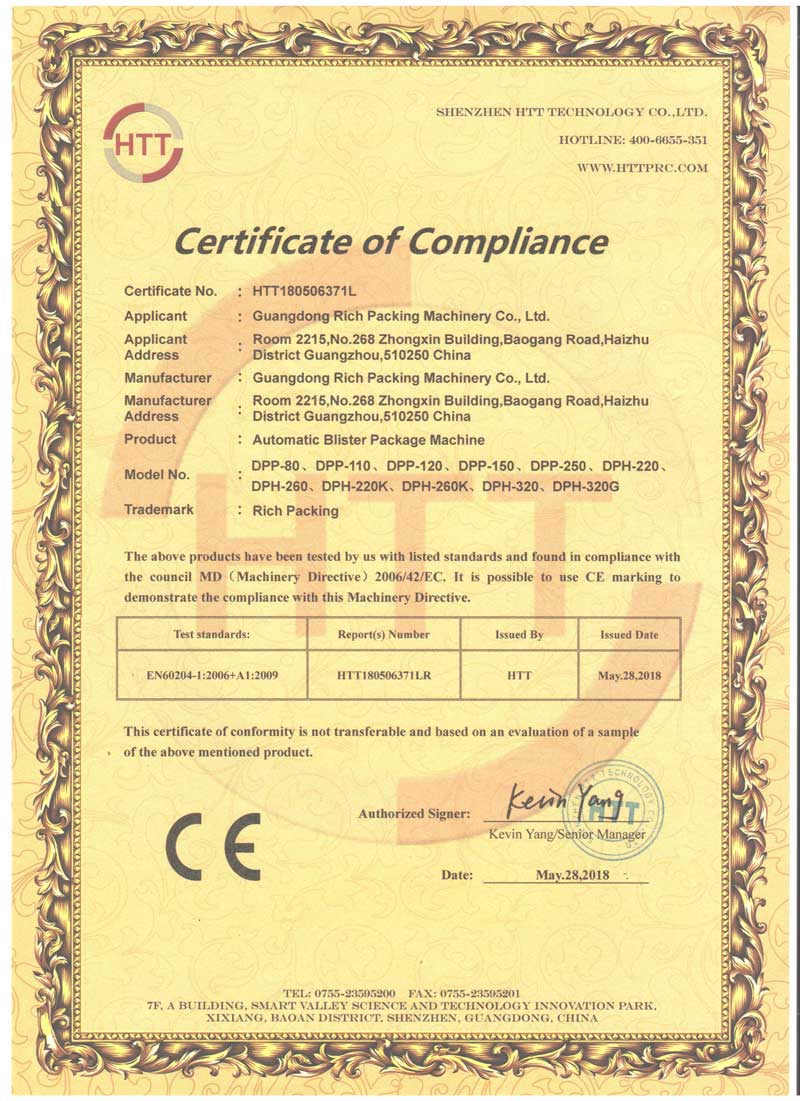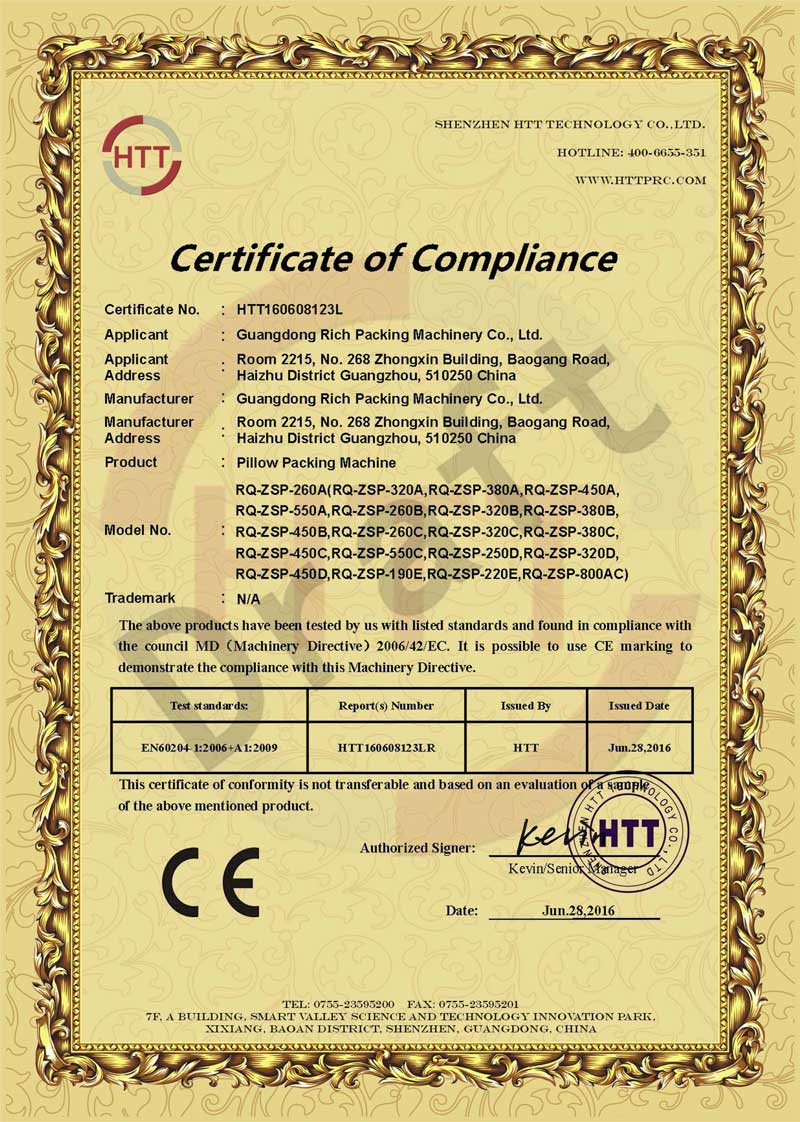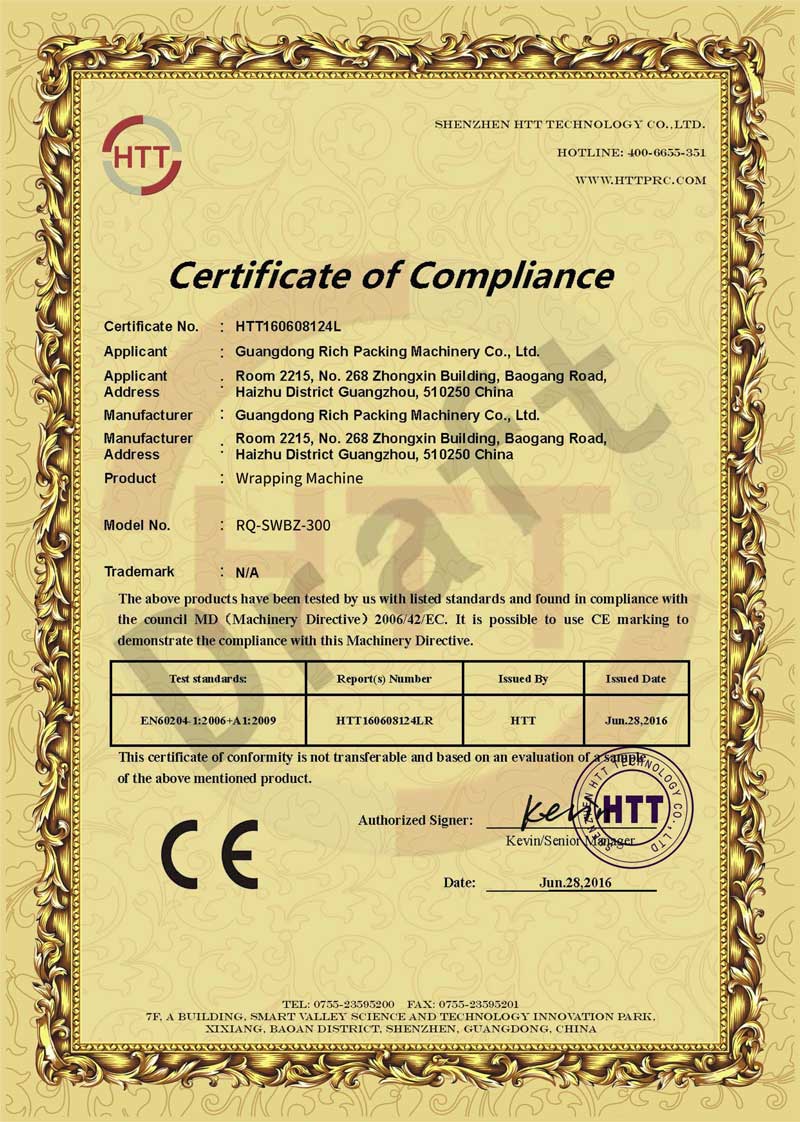Understanding Blister Packs
Blister packaging serves as a protective solution for products like capsules, tablets, pills, and candy, featuring a clear, sealed covering that allows for easy visibility while extending shelf life. Commonly employed for pharmaceuticals, electronics, food items, and everyday consumer goods, the blister pack packaging method improves safety, enhances pharma packing display, and provides a durable, recognizable barrier. But what is a blister pack? What is blister packaging? Where is blister packaging most widely utilized, and what factors contribute to the widespread adoption of medicine blister packs? This article explores the applications and roles of blister packaging, its various types, key advantages, and its significance across industries in modern pharma packing. tablet/ capsule blister pack, containing tablets or capsules 1. Defining Blister Packaging Blister packaging, performed by a blister packaging machine, involves securing a product within a molded cavity, typically enclosed by a transparent plastic sheet or aluminum foil. Constructed from materials like PVC, PET, or aluminum, the blister bag packaging creates a protective barrier against external factors. Blister package is particularly prevalent for packing medicines (such as pills and capsules), electronics, and cosmetics, where both visibility and product integrity are crucial. The blister packing process entails shaping cavities to hold product items, which is then sealed with a lidding material—often plastic film, aluminum foil, or a combination. Key blister pack packaging stages include forming, filling, sealing, and cutting, ensuring resistance to moisture, contaminants, and physical damage while also improving visual appeal of pharma packing. From safeguarding pills and capsules to providing tamper-resistant enclosures for electronics, blister packaging remains indispensable across numerous sectors. 2. Common Blister Packaging Materials The choice of materials for blister packaging depends on industry-specific needs and the desired packaging type. Here are the most widely used blister pack packaging materials and their key advantages. 2.1 PVC (Polyvinyl Chloride) Rigid PVC is a top choice for blister packaging due to its high clarity and strong protective qualities. It effectively shields products like pills and capsules from moisture and contaminants, suitable for pharmaceuticals and consumer goods. Additionally, PVC is cost-effective, which makes it ideal for large-scale production such as capsule manufacturing, where budget is a key factor. 2.2 PET (Polyethylene Terephthalate) PET is a recyclable material, offering an eco-friendly option for blister pack packaging. While its barrier properties may not match PVC, its sustainability has increased its popularity in environmentally conscious industries. PET also ensures excellent transparency of every blister pack, essential for retail pa...

